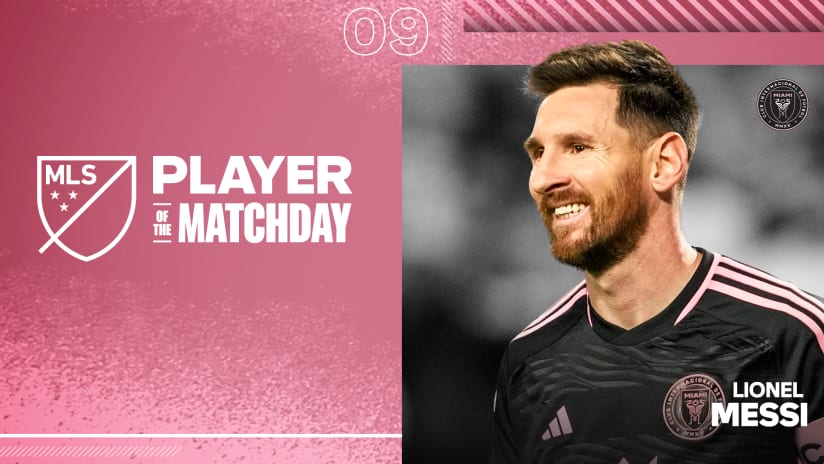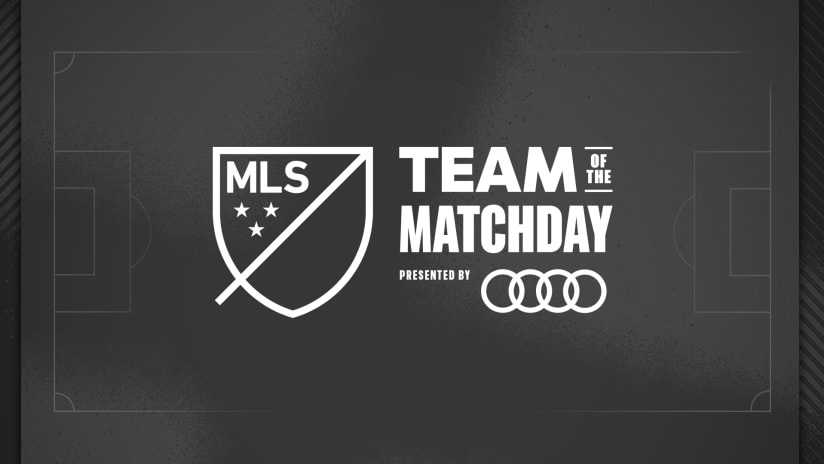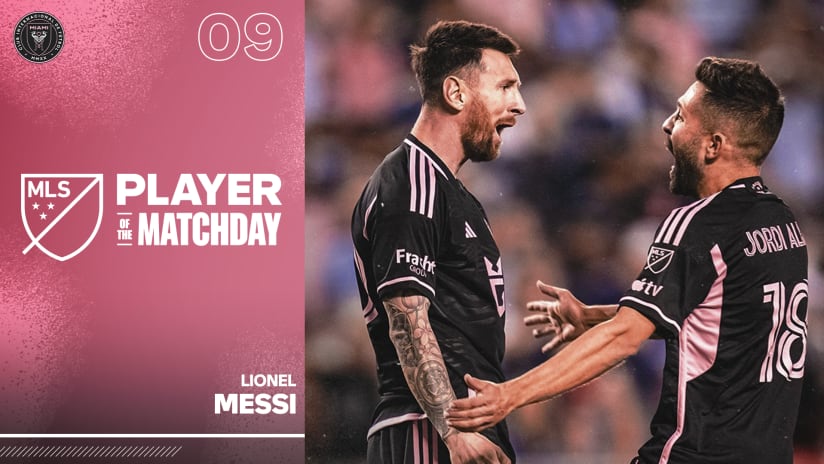Admit it: Three months ago, you were worried the US national team wouldn’t even be going to Brazil next summer.
It’s by no means a done deal yet. The US are still six points away from the “magic number” of 16 – historically the threshold to ensure World Cup qualification outright in the CONCACAF Hexagonal. But based on their play over the past month – especially in Tuesday’s hugely satisfying 2-0 win over Panama – it’s sure looking like a safe bet.
Here are three reasons why a seventh straight trip to the Big Show is in the bag ... and why it’s time to start booking your flights.
The first-choice lineup is solidifying. After two dozen different combinations, Jurgen Klinsmann has seemingly struck gold with a formula and he appears to be sticking with it.
That starts in the back with Omar Gonzalez and Matt Besler, who have been learning each others’ games and tendencies slowly but surely since their first run-out together in the Canada friendly in January. That may be the most shocking thing: They’ve started only five games alongside each other and have been forced to find chemistry on the fly in the Hex.
“That’s what it takes,” goalkeeper Tim Howard said Tuesday night of the young duo, “[to] kind of get thrown into the frying pan, take your lumps and get better. If you play enough games and stink, you’re off. They’ve done well. They’ve gelled. We’re young and learn together.”
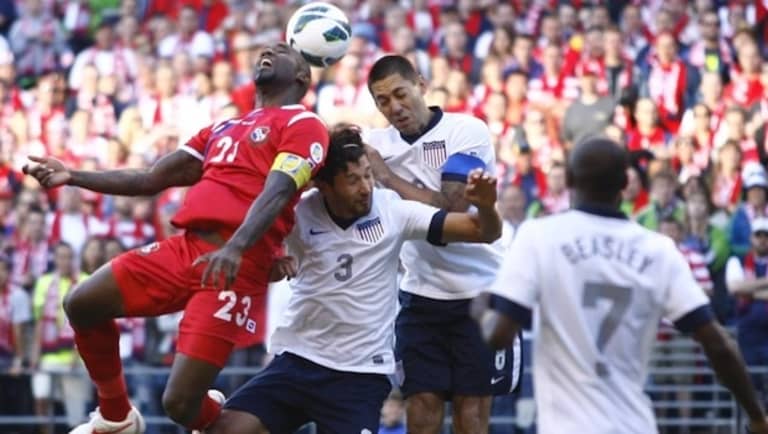
Brad Evans
and DaMarcus Beasley may not be every-game starters on the flanks, but they’ve shown they fit when needed. Same goes for Geoff Cameron at defensive midfield, who was excellent in Jermaine Jones’ stead vs. Panama.
And regardless of whether it’s Jones or Cameron next to him, Michael Bradley finally has been relieved of his tracking duties and has been freed to maraud up the pitch. He is, as Beasley put it “our quarterback” and is officially the man who makes the USMNT tick.
“He gives so much to the team,” said Beasley, recalling a younger Bradley who once took on the likes of Hristo Stoichkov and Peter Nowak while bumming around Chicago Fire practice as a 12-year-old. “I think going to Italy has helped him a lot. He’s so calm on the ball – he never loses it, maybe once in a game, if that.” (More on this point in a minute.)
More of those first-team faces will return in the coming months: Graham Zusi reclaiming the right wing, Timmy Chandler and Steve Cherundolo pushing for the right back spot, perhaps even Landon Donovan forcing his way back into the attack – but the experience of the past three months has brought the core players of the first XI closer together.
They’re getting better with the ball. Remember all the bluster about Klinsmann bringing in a flowing, proactive mentality to the US set-up? Well, the dreams seemingly died, as did his implementation of a 4-3-3 when it became clear the Americans still do what they do best: defend and counter.
But the sloppiness of the second round of qualifying is also becoming a distant memory. And, in fact, those dreams of class in possession aren’t as far away as they seem. The US are consistently protecting the ball better and making better passes.
READ: Altidore's in a zone — so why has he gone on radio silence?
A good metric is comparing completed passes to turnovers for all field players – any ratio hovering around 4 or so is quite good. Flash back to the Honduras game, and the US put forward a 2.84 ratio – essentially giving up the ball once for every three good passes. That’s horrific. (The "SnowClasico” vs. Costa Rica was even worse, at 2.18, but that doesn’t need much explanation.)
Against Panama, they were operating at a 4.16 clip – an excellent rate of efficiency and not a surprise when you saw how well the understanding was all across the field, from the Beasley/Fabian Johnson overlap, to Cameron in superb link-up play, to the insane numbers of Bradley, who completed 78 passes on the evening. (Check out the OPTA Chalkboard here.)
Where did this come from so suddenly? Well, the US hit pass/turnover ratios of 4.44 against Belgium and 5.65 against Germany and are suddenly averaging 2.5 goals per game. Still think those friendlies weren’t worthwhile?
The crisis game is long over. Three of the past four CONCACAF Hexagonals have had a moment of “the sky is falling,” when cracks began to appear under a first-time USMNT coach and the panicky question of whether the US would even reach the World Cup surfaced.
In 2001, it was a deflating 2-0 loss at Costa Rica – the USA’s third defeat in a row after starting the Hex undefeated and a moment Bruce Arena later admitted could’ve seen him fired by U.S. Soccer. In 2009, it was the infamous disaster at – again – Estadio Saprissa when Bob Bradley trotted out a 4-3-3 lineup on the carpet and saw it torched 3-1 by the Ticos. It was this match when the Bradley-haters first started emerging.
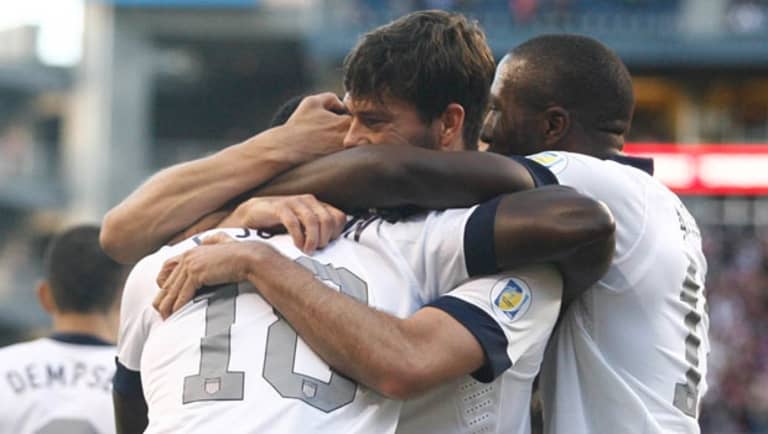
Both those results were deep into the Hex. This time around, the US got their crisis game out of the way in their first match. The Honduras loss in February was the nadir of disorganization, dissatisfaction and confusion. Not just for the fans, but if
that infamous Sporting News article is to be believed
, within the locker room, too.
READ: Throw-In: How the media helped motivate the USMNT
The team has rallied since then and the questions – though some are still there and perhaps will never go away – are starting to be answered. The players are clearly more confident as well. Getting three road games out of the way in the first half of the schedule helps, too.
The US have talked about this three-games-in-12-days set as a chance for all nine points. They’re two-thirds of the way there. If they get the win against Honduras next week in Utah, they’ll be sitting pretty at 13 points through six games. That’s only three points off the “magic number” with four games to go.
There may be more drama ahead, of course (and another trip to the dreaded Saprissa). But it’s hard to see it all falling apart now.
“Now we can really taste it,” Altidore said in audio provided by U.S. Soccer on Tuesday night. “We taste Brazil. I think a couple more wins and we really put ourselves in a position now of qualifying. Everybody can sense it, so the expectations now are a little bit higher for us.”
Jonah Freedman is the managing editor of MLSsoccer.com. “The Throw-In” appears every Thursday.







